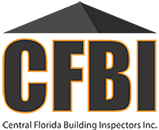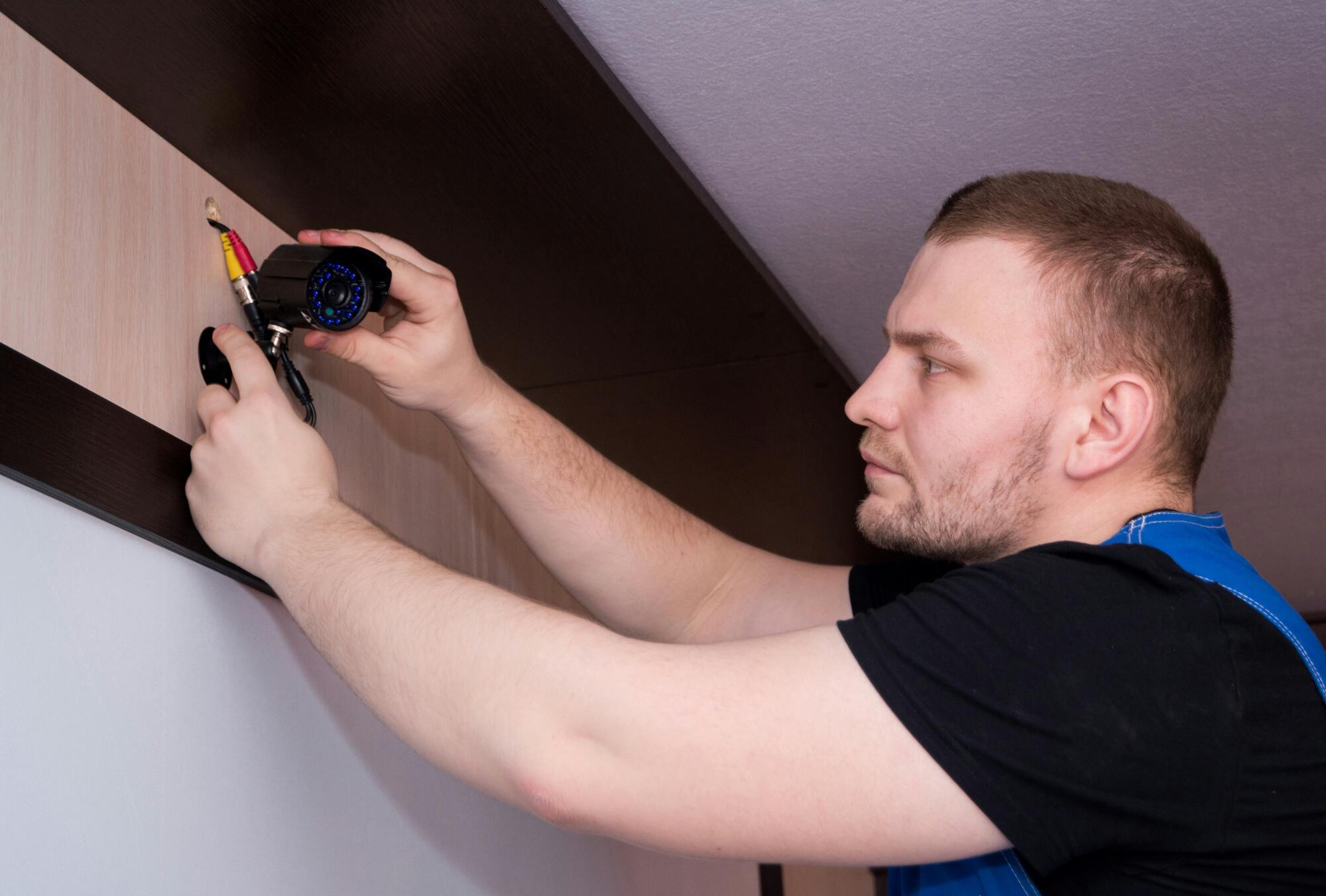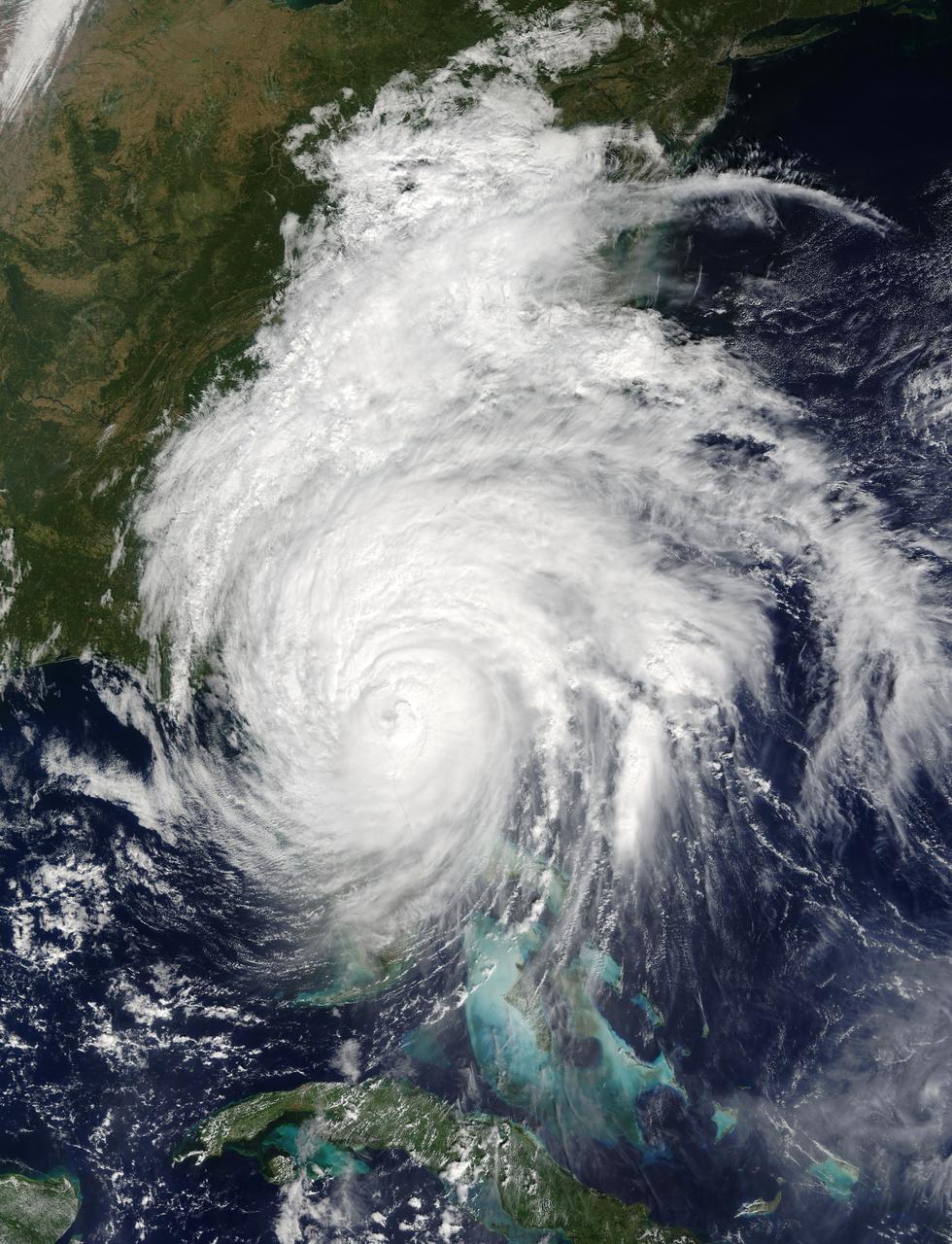Getting ready to buy a house? If so, here’s a quick tip: make sure your home inspection includes checking out the sewage system.
See, plumbing is one of those things that most buyers expect to work as intended. Unfortunately, this isn’t always the case. A simple sewer scope may reveal issues that could set you back thousands of dollars.
Not sure what kind of problems we’re talking about? If so, here’s a list of four things that will tank any home’s value.
1. Root Intrusion
Root intrusion is a classic example of a sewer pipe issue that gets much worse with time. Tree roots are naturally attracted to the moisture in sewer pipes. To them, sewage often serves as a fertilizer.
When these roots start growing around—or into—the line, they can cause severe clogs. And unlike most debris, tree roots aren’t easy to snake out. As the root grows, it can cause the pipe to break or even burst.
Unless the owner plants the trees strategically, root intrusion is hard to prevent. That said, a sewer camera inspection will at least make it easy to detect the exact spots where roots have entered the pipes.
2. Poor Pipe Health
Are you buying a home that’s over 20 years old? If so, that’s all the more reason to schedule a residential inspection. Many older homes have outdated piping materials that are prone to cracking.
Even if the home isn’t that old, a sewer scope can reveal all kinds of pipe issues. These include misplaced pipes or accumulated gunk from things like soap scum, cooking grease, and so on.
3. Line Breaks
Sewer line breaks can be hard to detect until it’s too late. Once it happens, it will likely affect your entire plumbing system. Sinks won’t drain, toilets won’t work, and you may even have sewage leaking under your house.
Root intrusion is a common cause of line breaks, but it’s far from the only one. For example, a simple soil shift can force pipes to shift along with it. On top of line breaks, this can cause serious structural issues.
The bottom line: line breaks are something you should identify quickly. Even if there’s no evidence of sewage issues, you’ll want to ensure there won’t be any in the future. A sewer scope is the best way to achieve that.
4. Random Blockages
Not long ago, the only way to find a clog in sewer lines was to dig a trench on your lawn. The excavation process was expensive and labor-intensive. Plus, it took a while before your landscaping recovered from it.
These days, a sewer inspection will identify any blockages without destroying your yard. It’s all done by attaching a high-tech camera to a long, flexible cable and sending it into your sewer system.
Scheduling a Sewer Scope
Remember: the cost of a single inspection is trivial compared to what it will cost to repair a sewer line. As such, a sewer inspection can do a lot for your peace of mind before buying a house.
Want to add a sewer scope to your home inspection checklist? Our specialist inspectors can take care of it for you! Contact us here to schedule a sewer scope or learn more about our services.










